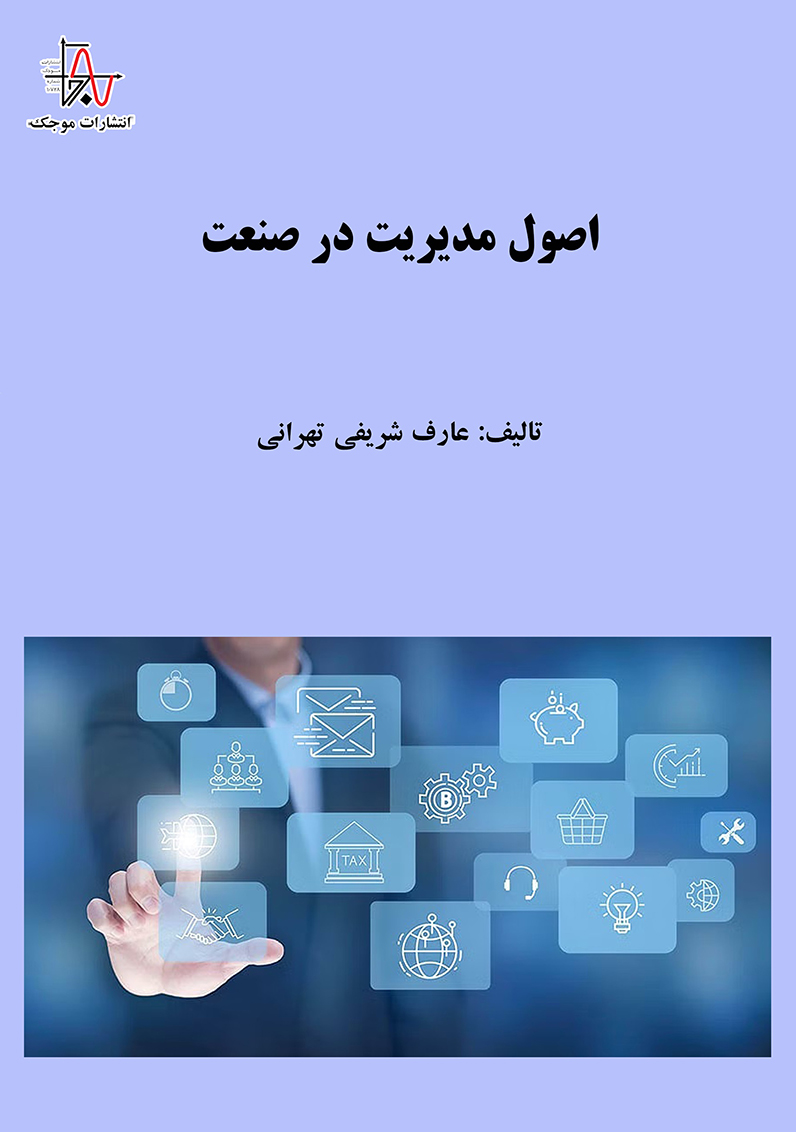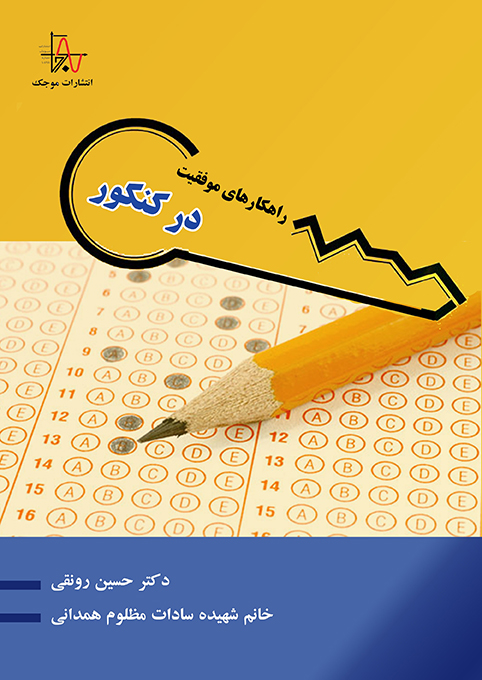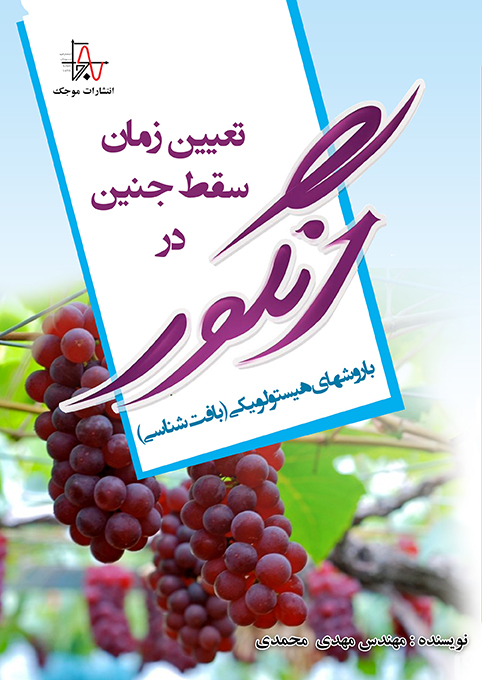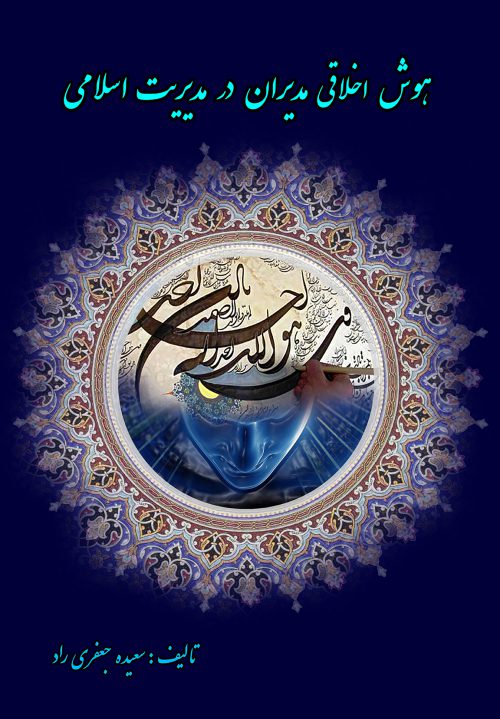ناشر : انتشارات موجک (ناشر دانشگاهی)
کد کتاب : M888
عنوان : اصول مدیریت در صنعت
تالیف : عارف شریفی تهرانی
مشخصات ظاهری : ۱۱۸ صفحه، قطع وزیری
چاپ اول : زمستان ۱۴۰۱، تيراژ : ۵۰۰ جلد
قيمت : ۱۹۹۰۰۰۰ ريال، شابک : ۹-۵۶۸-۹۹۴-۶۰۰-۹۷۸
حقوق چاپ و نشر برای ناشر محفوظ است.
————————————————————————————————————————————————————————————————————————–






نقد و بررسیها
هیچ دیدگاهی برای این محصول نوشته نشده است.